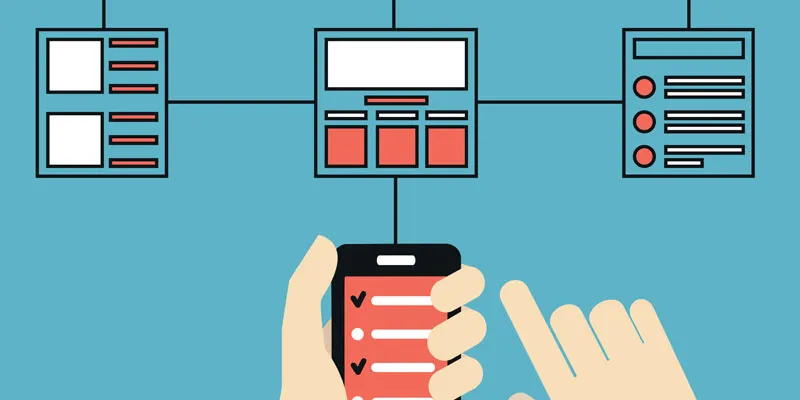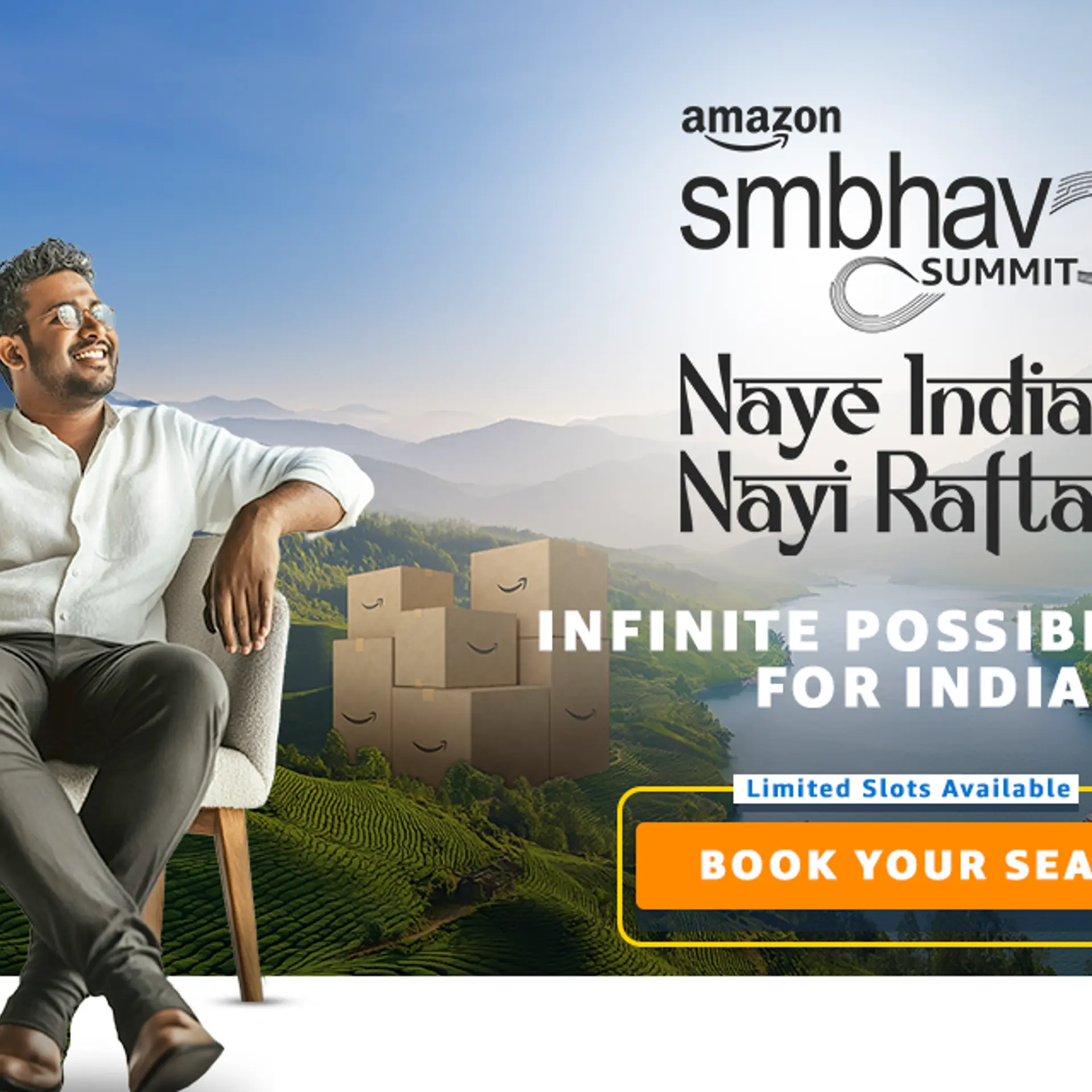Common questions often asked on UX
User Experience (UX) is the talk of the town these days. Everybody says that they want to improve their product's UX, however, only a few people really understand what constitutes a meaningful UX. Does UX mean aesthetics or how things look, or is there more to it? If there is more, how does one quantify the objectives? What is the end result which one gets from UX design or redesign? And finally, is UI different from UX?
We have distilled some common UX questions asked by clients that will clarify the jargon thrown around casually.

UX versus UI? If my design already looks good then why should I invest in UX?
UX stands for User Experience and UI stands for User Interface. Both have a world of a difference. A good UX means a good looking user interface but a good looking user interface may not necessarily mean a good UX. Especially in digital products, a good design or a ‘Good Looking’ website will not necessarily mean a good experience for the users. It might be pleasing to look at but the user might not enjoy navigating through the site/app or find it difficult to complete the intended gracefully, which in turn would lead to frustration.
The User Experience design works towards making the product easy, FUN, and efficient to use in terms of the functionality of the product, which can later be amplified by a good UI.
Why does the UX Design process take multiple weeks?
User Experience design as a process is a very lengthy process. This is one of the reasons why it isn't usually implemented at the starting/launch stage of a product. UX, like homeopathy, works from the roots up. It takes into account the very core of the product, what the owners believe their product should/could be and then works at implementing that at the functional level. Since this is functional level design implementation, the process takes longer. It involves working with persons and usability validations.
What is the end result of UX Design?
End result of UX Design is NOT always a Photoshop or an equivalent file. Most companies integrate UI along with UX, in which case the final product is a design specification file that illustrates not only the screens but also how the design works (flow, interactions, and transitions). If only UX has to be worked on then in that case the clients can expect personal/journey sketches, wireframe prototype, usability testing results, and site/flow diagrams.
Like Steve Jobs said "A good design is not just what it looks like and feels like, design is how it works," so in this case the "Good Design" would be UX. So to sum it up, UX design will tell you what should be where and what should happen if this is done, on which you can then work on making it to look visually appealing.
How to define a scope and timeframe for UX Design?
UX is an involved process when done right. The biggest gap in terms of client negotiations comes when defining the exact scope of UX.
UX design process starts with interactions with the stakeholders to understand what they envision the product to be. The next step revolves understanding the current state of the product (site/app). In order to design the UX, user profiles (personas) are created keeping in mind the target audience and creating realistic profiles for fictitious users. Journeys are created for each profile, and each shows a narrative of your users' happy path through a site or system.
These documents serve as the bridge from research to design. The next step is creating a set of wireframes showing the proposed layout, content classification, visual hierarchy, navigation, and interaction flow. These wireframes serve as the blueprint for your product's structure. Designing screen layouts that incorporate branding, graphics, icons, logos, illustrations, and other images - everything comprising the aesthetics of your product. Lastly, we build whatever is necessary to test the solution we’ve just designed – from low-fidelity sketches to high-fidelity clickable demos.
With recent adoptions of Agile/Lean UX methodologies, the process has become a lot more efficient and can help expedite development to shorten the overall time to launch.







